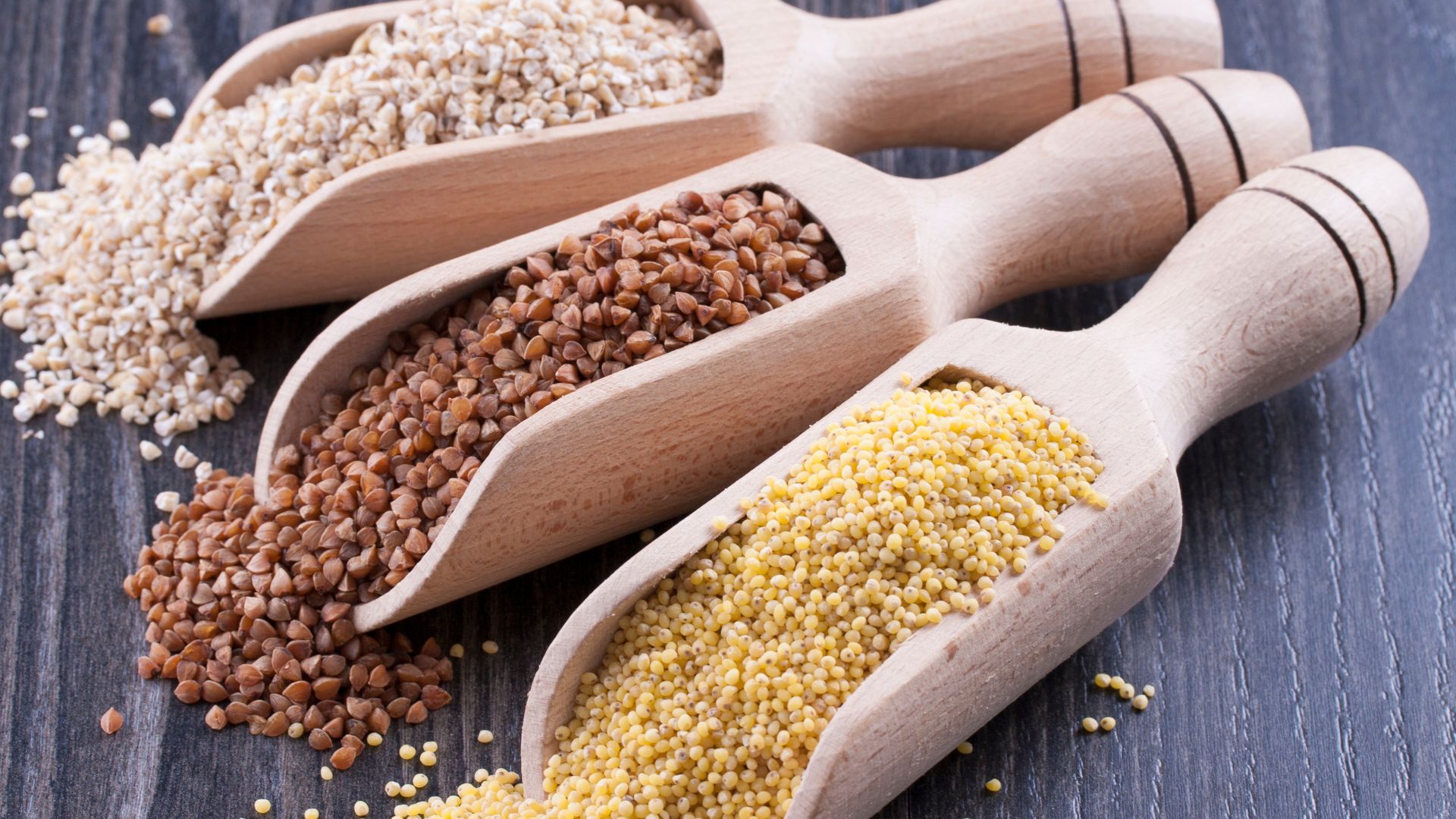“Somehow, India was doing everything right until the west started influencing its every traditional legacy. Be it usage of sustainable products at home, be it focus on faith and spirituality or be it usage of millets in daily diet, which by the way are now being deemed as superfoods by the west itself”
This National Nutrition Week, let's talk about Millet and their eclipse and rise back in India. For millennia, millets were an indispensable staple in Indian households, deeply woven into the nation's agricultural and culinary fabric. Millets were grown and consumed in India regularly, long before the green revolution. Green-revolution which did succeed in achieving national food self-sufficiency, unknowingly marginalised millets. The focus was placed in wheat and rice. This decreased crop diversity and sidelined climate-resilient grains.
Millets thrive in dry - arid climates and require minimal irrigation. This makes them a remarkably resilient and vital crop for food security. The world is also awakening to the excellent nutritional profile of millets which are often called as ‘nutri-cereals’.
The major millets consist of -
‘Sorghum’, also known as ‘Jowar’ in Hindi and ‘Jolada’ in Kannada. It is also called the ‘Great Millet’ in some regions of India.
‘Bajra’, also known as ‘Bajree’ in Gujarati and Marathi, ‘Kambu’ in Tamil. It is one of the most drought resistant and most cultivated after rice and wheat. Fun fact is that apart from being a dietary option for humans, it is also widely fed to birds in India.
Minor millets include Ragi (Finger millet), Kutki (little millet), Kodo millet, Sawan (Barnyard millet), Cheena (Proso millet) and Brown top millet.
Millets in general have higher protein and fibre content than the staple rice and wheat. They are also high in calories and are beneficial for people who have nigh energy needs like gym goers or sports persons. The advantage here is that the high fibre content gives a feeling of fullness and leads to a more gradual release of energy, which is crucial for weight management.
Millets have a low glycemic index and do not cause rapid blood sugar spikes like rice and wheat. They keep the blood sugar stable and hence are ideal grains for individuals with or at risk of diabetes.
Millets are also an excellent source of micronutrients. Ragi (Finger millet) boss of 300 to 350 mg calcium in every 100 gm. This makes it excellent for bone health. It also contains 7 to 8 gms of protein for every 100 gm. Foxtail millet as well as pearl millet (Bajra) has 12 - 13 gm protein for every 100 gm. Barnyard millet has 15.2 mg iron for every 100 gm. Proso millet has 13 - 14 gm protein and 162 mg calcium for every 100 gms. Jowar has 10 - 11 gm protein and 27 - 28 mg calcium for every 100 gms.
For people who are focused on a balanced nutrition diet, they must include millets as a source of carbohydrates in their diet as the benefits are far beyond that of what one gets with rice and wheat. Rice has only 2.7 gm protein for 100 gm. Wheat does have 14 gm protein for every 100 gms but it is also glutinous in nature and less fibrous.
The Indian government led by Prime Minister Modi has played a crucial role in bringing about the Millet Renaissance in India. 2023 was celebrated as the International year of Millets at the United Nations. This global recognition provided a platform to raise awareness about the nutritional, health and environmental benefits of millets to the world. This international attention not only led to economic gains and investments in the sector, it also promoted research and development of various millets. Now a days it is common to see protein bars boasting of high protein content having millets as their core ingredient.
Millet Renaissance also got a push from India’s urban population trying to combat lifestyle diseases like obesity and diabetes. The population has become more health conscious and look for options that are gluten-free, have low glycemic index and are organic. Millets fulfill all of the above checkboxes, increasingly becoming a healthier alternative to traditional staples. This has helped to reposition millets from a “coarse grain” to a “superfood” or “nutri-cereal”.






